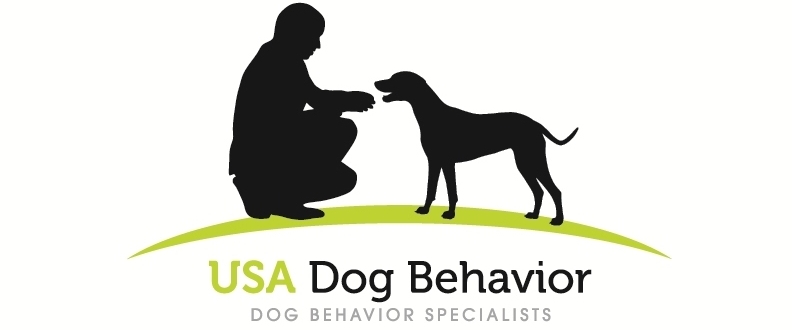The Truth About Doggy Downers
©Scott Sheaffer, CDBC, CPDT-KA, USA Dog Behavior, LLC
"It has to be one of the greatest ironies in veterinary medicine that all psychopharmaceutical medications are developed using animals…before being approved by the FDA for use in humans and only then used clinically in animals."
Many people think the concept of “doggy downers” is funny. However, by the time many of my clients’ dogs need medication to help with significant behavior problems, it really isn’t funny at all.
I’ve observed over the years that most people treat their dogs as valued family members – this is a good thing. When serious behavior issues impact a beloved dog’s happiness and ability to function normally, behavioral medications can sometimes have a very positive impact in the overall treatment plan.
It has to be one of the greatest ironies in veterinary medicine that all psychopharmaceutical medications are developed using animals (including dogs) before being approved by the FDA for use in humans and only then used clinically in animals. Yet many people still balk at using these medications in animals. Because these drugs were developed and tested with animals, it’s common sense that these medications can also be highly effective in treating animals – including dogs.
Veterinarians and certified animal behavior specialists have to work together when using these drugs to ensure that the right drugs and dosages are paired with an appropriate behavior modification program.
What are some of the common psychopharmaceuticals used in dogs?
Antidepressants such as Prozac (generic name is fluoxetine) are used as long-term anti-anxiety medications for dogs. While dogs can suffer from depression, antidepressants are primarily used to reduce anxiety in dogs. Prozac is commonly used for separation anxiety, generalized anxiety and aggression directed at humans and/or other dogs.
Benzodiazepines such as Xanax (generic name is alprazolam) are also used as anti-anxiety medications for dogs. These kinds of drugs are only effective for short periods and, in some instances, can cause additional behavior problems if not used properly. Xanax is frequently used to treat storm and other acute phobias.
BuSpar (generic name is buspirone) is also an anti-anxiety but in the azapirone class of medications; it is not a benzodiazepine or antidepressant. BuSpar can be quite effective in some dogs and usually has limited side effects. It is most effective in treating social phobias and generalized anxiety in dogs.
Anipryl (generic name is selegiline) is a medication approved by the FDA for use in dogs to control Canine Cognitive Dysfunction (i.e., Alzheimers in dogs). This is the same drug as Eldepryl used primarily to treat movement disorders and Alzheimers in humans.
Catapres (generic name is clonidine) is a human blood pressure medication that has been used by humans for decades; it can be used to control redirected biting in dogs. It works by controlling the sympathetic nervous system in dogs by inhibiting fight-or-flight responses.
Behavior medication is a new and growing area in animal medicine with lots of promise, but much education is still needed in all parts of the animal care industry. You may be surprised to learn that there are some veterinarians who are hesitant about using these medications. Many times this is a result of not having the opportunity to see firsthand how helpful these medications can be when paired with a sound behavior treatment plan. Veterinary schools are increasingly incorporating more training into their curriculum on psychopharmaceutical use in animals.
Psychopharmaceuticals are normally used only for a period of months to facilitate a behavior modification program and then tapered off. They are tools at our disposal to help troubled dogs and can frequently bring relief and expedite treatment. Please consult with your veterinarian, dog behavior specialist or animal behaviorist if you have questions about their use.


